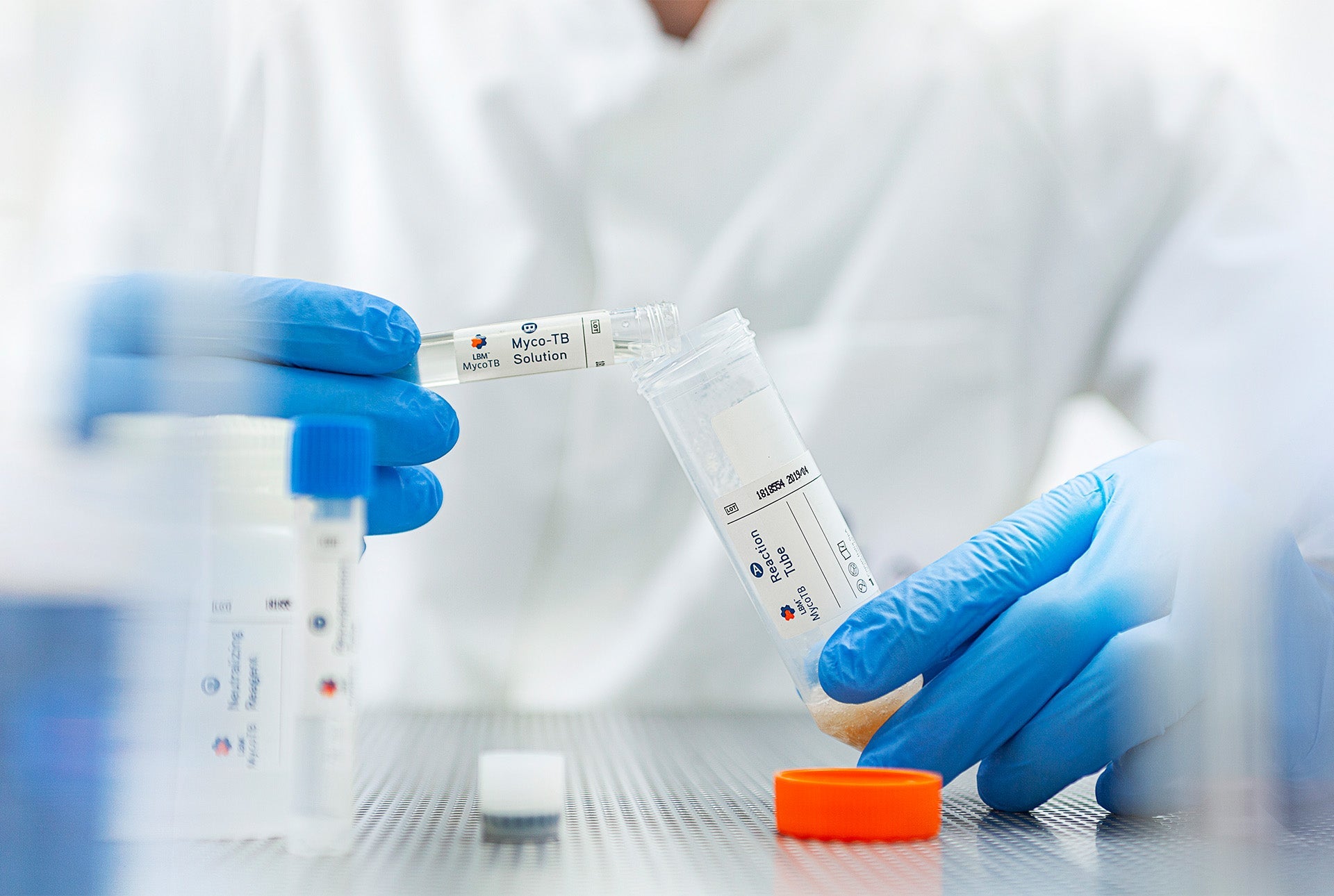This article was provided by Copan Group.
According to the World Health Organisation (WHO), respiratory tract infections are among the most common disorders affecting today's population, representing the first leading cause of death in low economic status countries and the third in the whole world. From the common cold to pneumonia, their clinical spectrum ranges from generally mild upper airway symptoms to severe lower airway pathology.
A Complicated Affair
Most respiratory infections are caused by viruses, but also bacteria and viral-bacterial coinfections may be involved. A complicating factor when talking about respiratory infections is that any syndrome may be caused by several different microorganisms and, similarly, any pathogen may cause a variety of distinct clinical syndromes.
On top of that, Hospital Acquired Infections (HAIs), Multi-Drug Resistant bacteria, and spillover infections – as SARS-CoV-2 – are putting a huge strain on today's clinicians' and researchers' activity.
Modern Tools and Traditional Methods
Luckily, modern molecular techniques offer unpaired sensitivity and specificity. PCR, RT-PCR, and multiplex RT-PCR panels became common in clinical laboratories, opening the possibility to assaying simultaneously several pathogens in less than 24 hours.
These tests – which joined immunodiagnostic and culture techniques – must be interpreted carefully because of their high sensitivity; it's also essential to avoid sample contamination during collection in the first place, to obtain a biological specimen best suited for these analyses.
That's why for a proper diagnosis, proper sampling is necessary. Among the upper respiratory sampling methods, Copan FLOQSwabs® efficiency has been proven equivalent to more invasive procedures, with a reduced patient discomfort.
Deceitful Sampling: Solved
Tuberculosis (TB) is one of the main global healthcare threats. In 2019, an estimated 10 million people fell ill with TB worldwide, and a tenth of them died. A fast diagnosis is essential to prevent TB severe symptoms and the spread to other individuals; nowadays, sputum culture and Nucleic Acid Amplification are the tests of choice to diagnose a mycobacteria infection. Mycobacteria collection trickiest aspect is the contamination of most samples – as sputum and bronchial lavage – by rapidly growing flora or other bacteria. To avoid the interference of these contaminants with the results, each specimen must then be processed before the analysis.
That’s why Copan designed MycoTB™ specifically for this purpose. With it, you can take care of all the steps needed for mycobacteria detection in the respiratory tract and extra-pulmonary specimens with a safe, easy, and ready-to-use kit.
How it Works
Versatile
MycoTB™ processes solid and liquid samples, both respiratory and extra-pulmonary. MycoTB™ can be used prior to solid and liquid culture or molecular assays.
Rapid and Controlled Processing
Alternative: Fluidisation and decontamination can be performed from 3 to 10 minutes to be fully compatible with lab workflow and without impacting mycobacteria viability.
Easy-to-Use and Safe Reagents
Four tubes with ready-to-use and pre-aliquoted reagents to manage the correct sample volume /reagent ratio. The cap color code and letter easily identify each kit component reducing contamination risks during the handling phase, in-house preparation costs, and reagent waste.
Long Shelf Stability
MycoTB™ can be stored at Room Temperature until use or the expiration date.
Progresses and Milestones
Globally, the TB incidence rate is falling, but not fast enough to reach the first milestone of the End TB Strategy; that is, a 20% reduction between 2015 and 2020. Worldwide, the cumulative reduction from 2015 to 2019 was 9% (Global tuberculosis report 2020, WHO).

